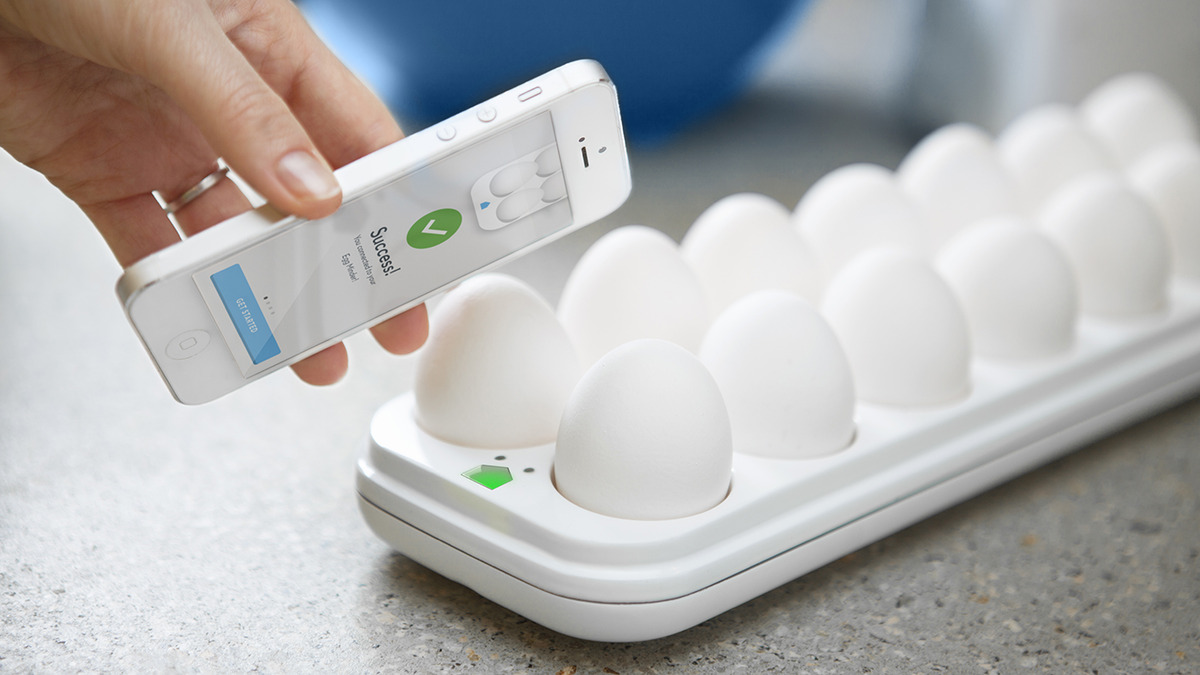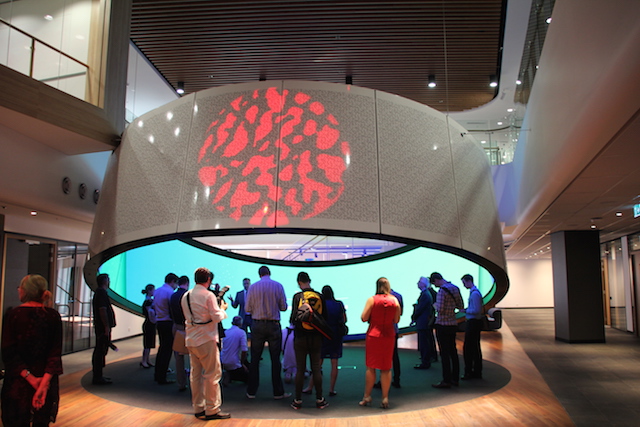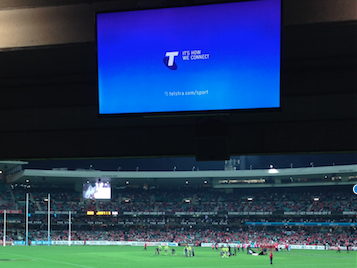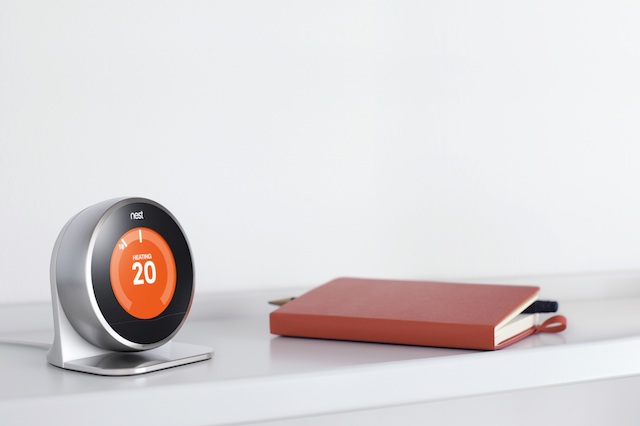Quirky, the well funded Internet of Things startup that came to attention for its connected egg holder, announces a restructure.
It looks like the IoT isn’t the easy road to riches, regardless of how well funded a business is.

Quirky, the well funded Internet of Things startup that came to attention for its connected egg holder, announces a restructure.
It looks like the IoT isn’t the easy road to riches, regardless of how well funded a business is.

The Twentieth Century was defined by abundant and cheap energy while this century will be shaped by our access to massive amounts of data.
How do managers deal with the information age along with the changes bought about by technologies like the Internet of Things, 3D printing, automation and social media?
Management in the Data Age looks at some of the opportunities and risks that face those running businesses. It was originally prepared for a private corporate briefing in June 2015.
Some further background reading on the topic include the following links.

Once a year I come out of the closet in Sydney and admit I support Carlton in the Australian Football League. This usually ends in humiliation as Carlton hasn’t beaten Sydney in the last twenty years.
This year’s ritual humiliation coincided with an offer by Telstra to review their smart stadium rollout at the Sydney Cricket Ground’s rebuilt MA Noble stand following a tour of Etihad’s stadium earlier this year.
Late last month I interviewed Mike Caponigro, Cisco’s head of Global Solutions Marketing for Sports and Entertainment, around how smart stadiums are being rolled out around the world, including the Sydney Cricket Ground.
Caponigro sees the smart stadium as complementing the ground experience and Cisco are working with over three hundred venues in thirty countries around the world.
“Live is always going to be best,” states Caponigro. “You can’t replace that tribal passion of the crowd. No matter how excited I get in my living room or with some friends in a pub you’re never going recreate that enthusiasm.”
However the expectations of sports fans are changing Caponigro points out citing how HD television and the internet is changing the experience for spectators outside the stadium, “fans don’t want to be removed from that action.”
So how does the connected stadium experience stack up for a punter who’s used to being in the cheap seats and often wonders if buying that ticket along with putting up with the hassles of getting to the ground, being overcharged for bad food and water down beer is worthwhile compared to staying at home and enjoying it on TV?
Like all the smart stadium rollouts, the SCG’s revolves around the onscreen displays and the spectators’ smartphones. Once downloaded the 35Mb app isn’t spectacular. The sports news focuses on cricket – somewhat irrelevant in a Sydney winter – while the transport map front ends into Google Maps.
Probably the biggest disappointment with the app is the venue map which is a detailed PDF lacking any interactive capabilities which successfully manages to pack a lot of information, like the location of light towers, without actually telling you anything useful.
In seat ordering is one of the attractions of the app. Unfortunately we were unable to test it as the collection points are within the members section of the Noble stand which we didn’t have access to.
The lack of real time information about seating, transport and ground information makes the app at best ornamental, indeed there are opportunities missed in upselling such as offering spectators seat upgrades or merchandising offers.
Where the SCG smart stadium shines is in the Wi-Fi connectivity. Mobile connections over 3 and 4G services have always been problematic during match breaks. During the game, the connection was flawless, the only gripe being that the login screen reappeared for a moment everytime the phone was bought out of sleep.
Again though it’s hard not to think the ground management are missing opportunities with the Wi-Fi as the login screen asked for an email address but didn’t give the option of providing an SCG or Swans membership number rather than just an email address.
The biggest boast of smart stadiums are the connected screens, the previous tour of Melbourne’s Etihad Stadium showed what could be done but the SCG game was an opportunity to see the videos in action.

Unfortunately the screens actually detracted from the experience. While the main scoreboards were showing game details and replays the smaller screens were showing the SCG members in ground advertising which added nothing for spectators.
Even during the match play, the screens carried the Channel Seven television feed with food outlet advertising wrapped around it. Disappointingly the screens didn’t give any updates on the match play, the goal kicked by Swans’ debutante Dan Robinson (who played for my local junior club) didn’t receive a mention at all.
Overall the spectator experience from the SCG’s smart stadium rollout is underwhelming. This isn’t a result of Telstra and Cisco’s technology but of its implementation with a focus on low value advertising rather than adding value for spectators.
The smart screens need to be delivering more relevant information to fans in the stadium while the smartphone app has to be giving dynamic and useful data to help spectators before during and after the game.
At the moment, it seems there’s a lot of money being left on the table as opportunities beyond pushing advertising onto spectators aren’t being explored.

It’s hard not to think that right now the smart stadium is a solution in search of a problem. Certainly for fans to take anything except the improved Wi-Fi service seriously there ground managements have to offer more than continuous ads for chicken outlets and expensive private schools.
Then again, maybe I’m just bitter as once again us Carlton fans were humiliated by another hundred point loss. For Blues supporters it was another dismal night at the footy ground.

Later this week Google will announce an Android based IoT operating system later this week at their I/O Conference, Netimperative reports.
In doing so they’ll be joining Microsoft, GE, BlackBerry and a host of others in looking at providing the software that runs the Internet of Things.
The carving up of the IoT continues.